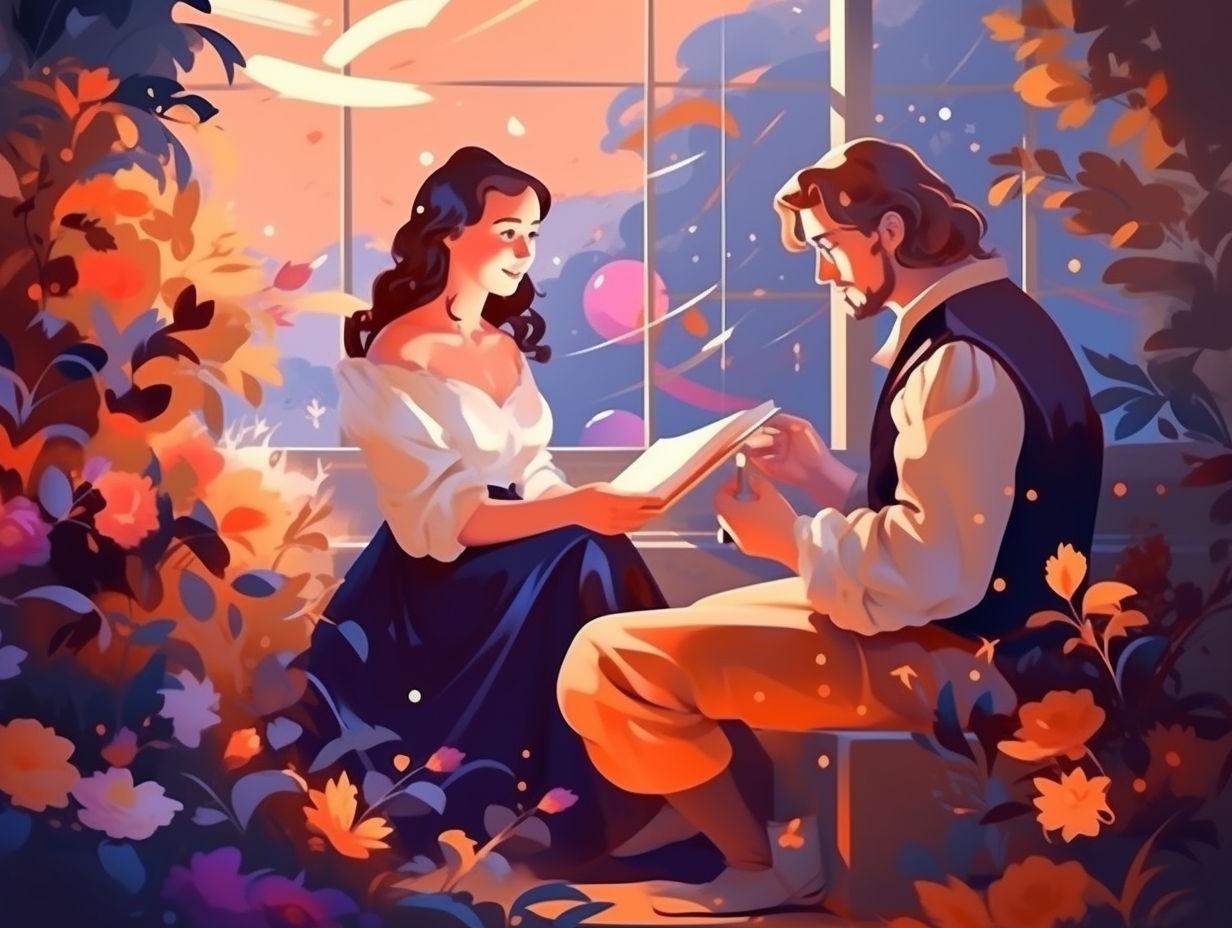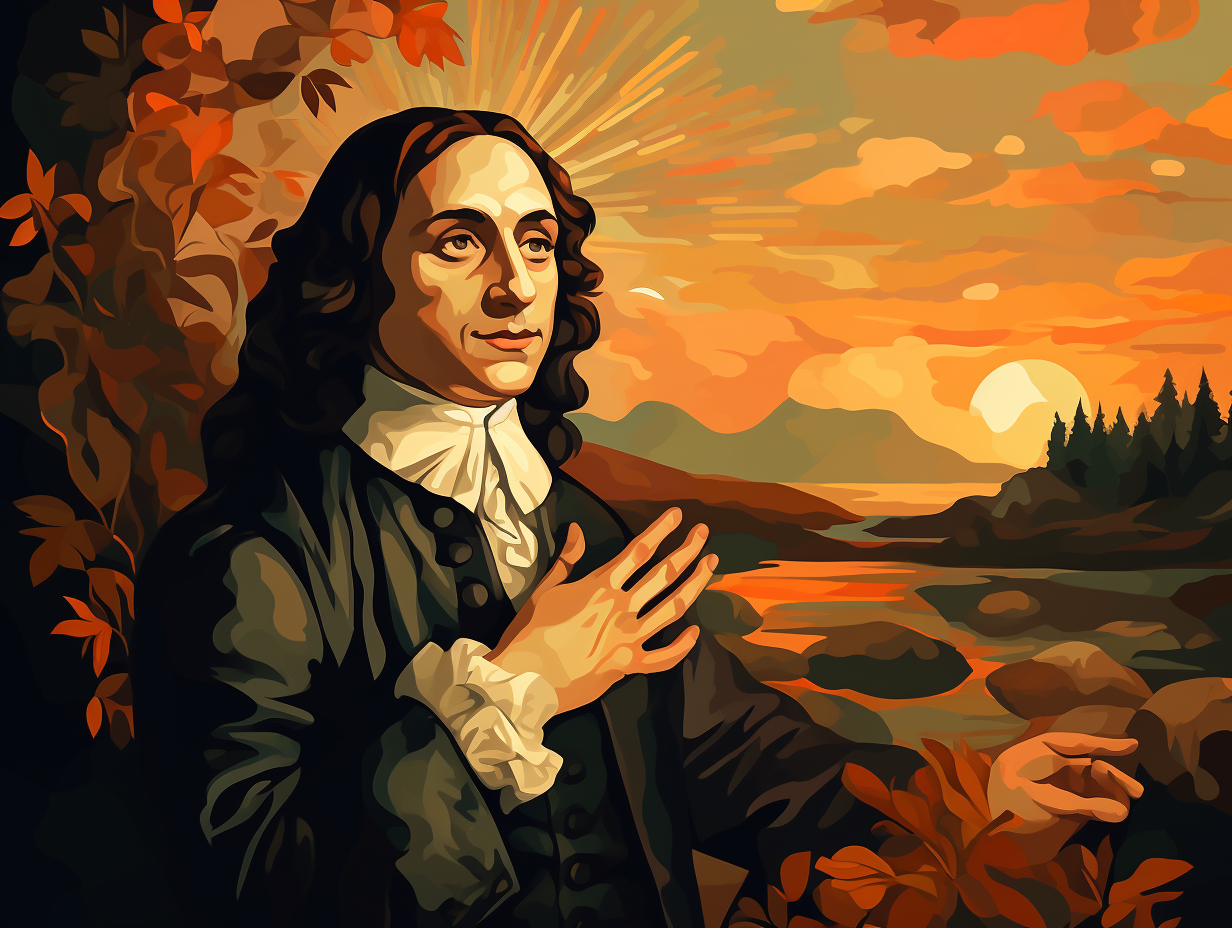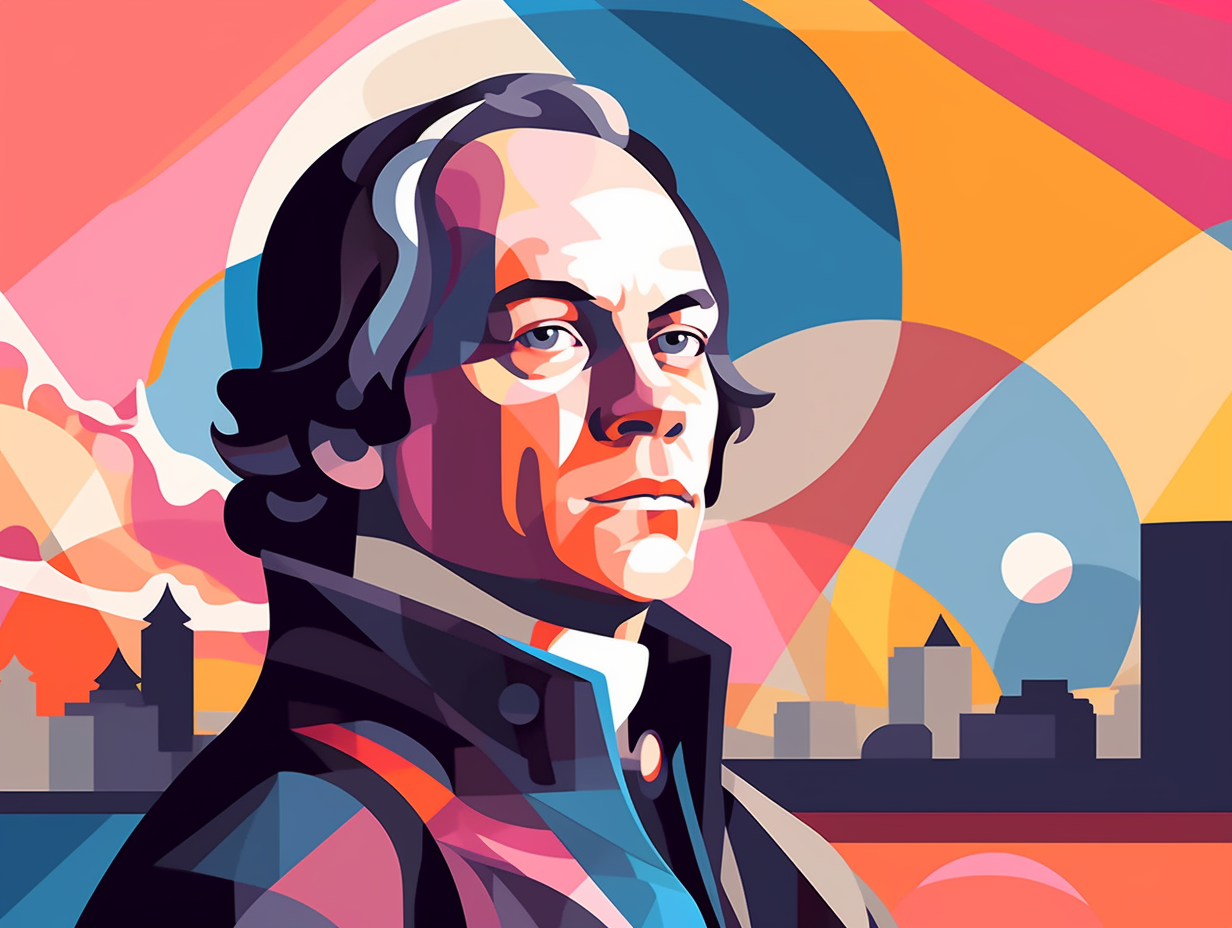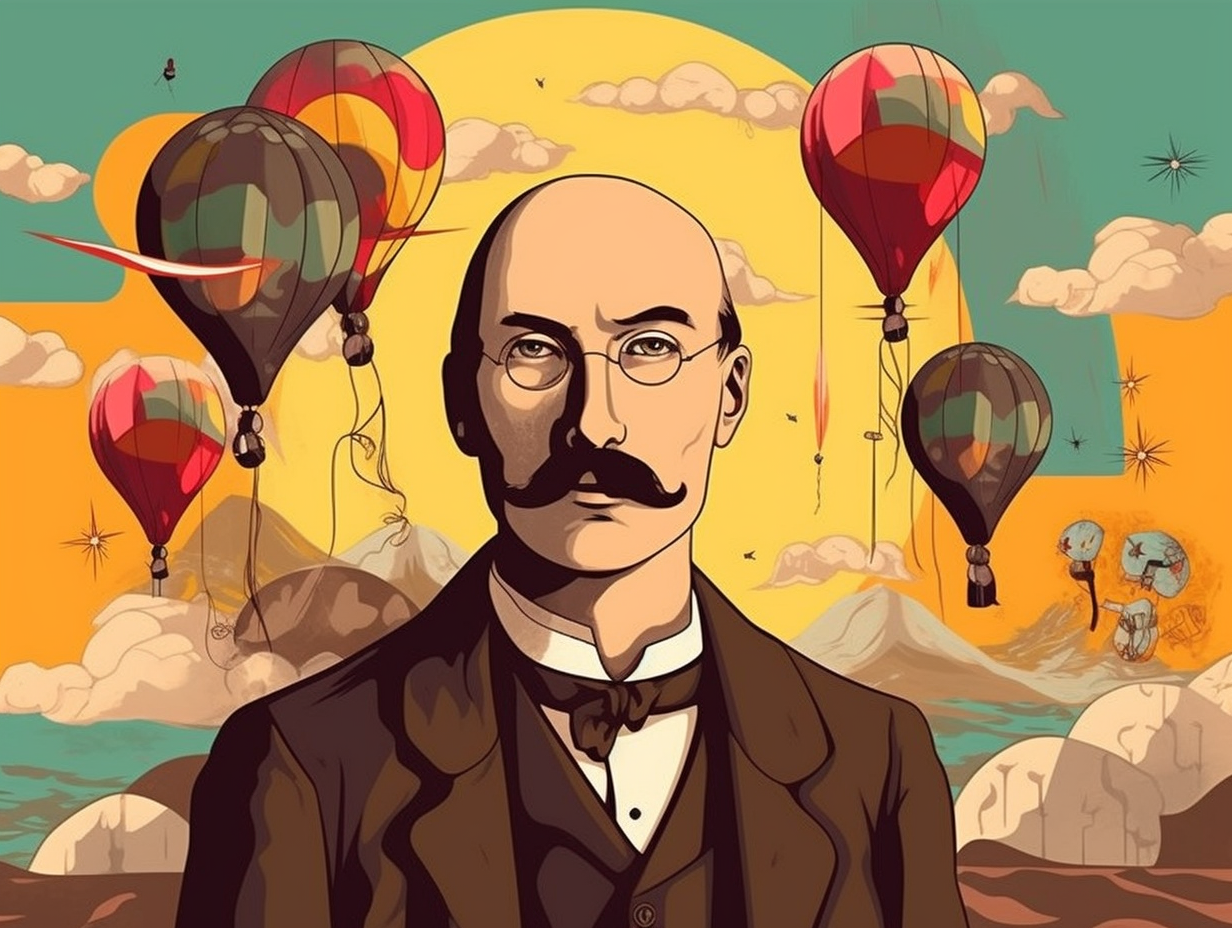Discover Microscopic Marvels: 12 Exciting Fun Facts About Antonie van Leeuwenhoek's World
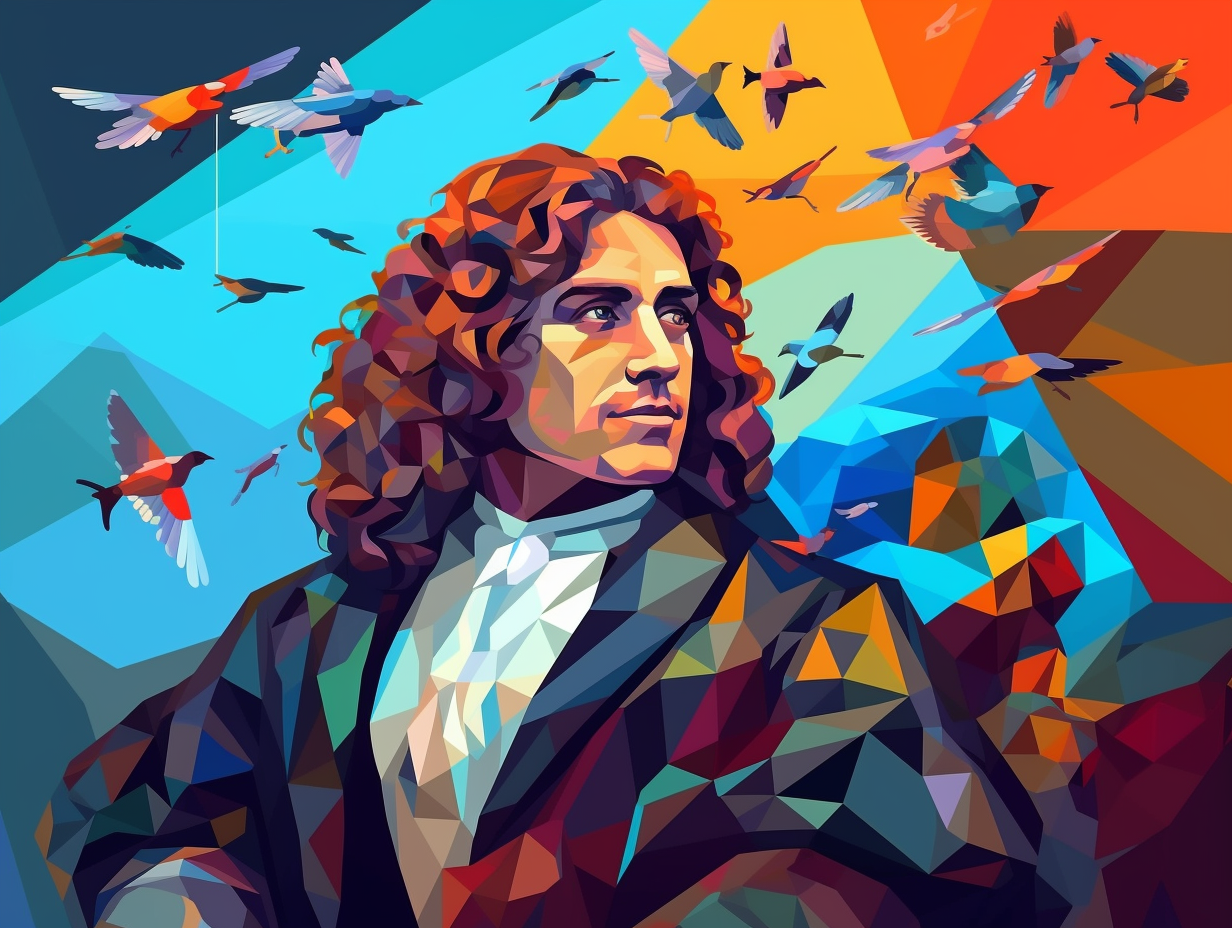
1. From Fabric Fibers to Microbe Mania
Who knew fabric fibers could unleash microbe mania? Antonie van Leeuwenhoek, cloth connoisseur extraordinaire turned accidental microbe maestro: He originally dove into the microscopic world to scrutinize the cleanliness of textile threads, but his keen eye with the microscope unveiled hidden realms of protists and bacteria, bestowing upon him the legacy of the Father of Microbiology and setting ablaze the path for microscopic discoveries.
Source => ncbi.nlm.nih.gov
2. The Original Micro Detective
Forget Sherlock Holmes and his trusty magnifying glass: Antonie van Leeuwenhoek was the original "micro" detective. With over 500 self-crafted microscopes at his disposal, Leeuwenhoek was able to spot tiny culprits for the first time in history: from bacteria and blood cells to sperm and microscopic wrigglers like nematodes and rotifers, this draper-turned-scientist truly unravelled the mysteries of the microcosm.
Source => ucmp.berkeley.edu

Did you know Anders Celsius originally designed the Celsius scale with 100 for freezing and 0 for boiling? Discover the frosty tale behind this scientific flip!
=> Fun Facts about Anders-Celsius
3. A New World of Microscopic Life
They say size doesn't matter, but for Antonie van Leeuwenhoek, it was an entirely new world: Armed with his self-made, single-lens microscopes, this Dutchman took a peek into the unseen realm of microscopic life, revealing the existence of bacteria, free-swimming protists, and even sperm cells while forever changing the course of biology through his close-up correspondence with the Royal Society of London.
Source => ucmp.berkeley.edu
4. Wild Microscope Parties
Who needs a microscope when you've got an Antonie van Leeuwenhoek? This Dutch draper by day turned "Father of Microbiology" by night spent his evenings throwing wild microscope parties, hosting some of the most exclusive single-celled guests in town: Antonie van Leeuwenhoek's extraordinary skill in constructing lenses allowed him to be the first to observe and describe the hidden world of bacteria, protozoa, and yeast, essentially giving birth to modern microbiology and forever changing the way we see our tiniest neighbors.
Source => britannica.com
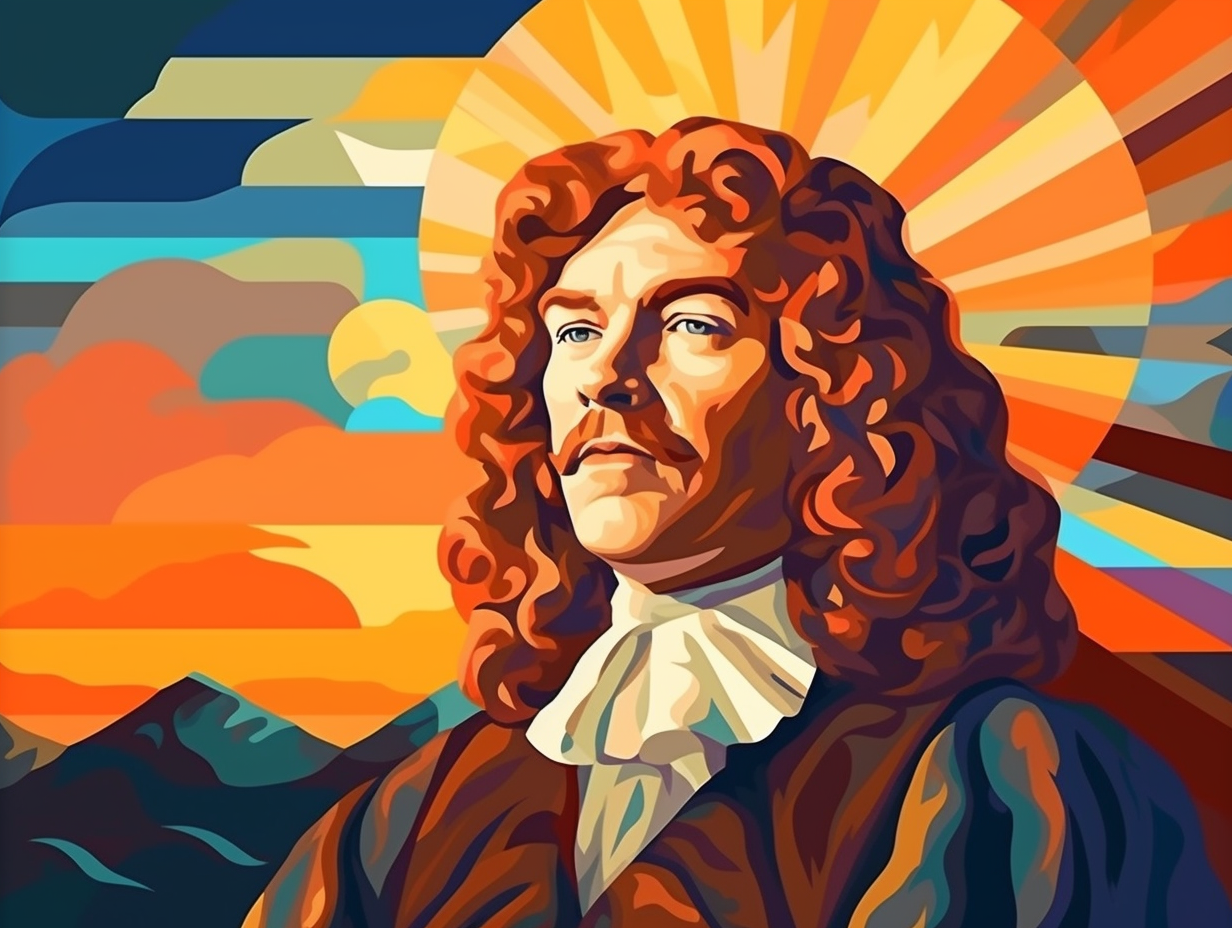
5. Extraordinary Lens-crafter
Not your average lens-crafter: Antonie van Leeuwenhoek was the ultimate spectacle in microscopy, handcrafting around 200 microscopes and becoming the first to observe muscle fibers, bacteria, spermatozoa, red blood cells, gouty tophi crystals, and blood flow through capillaries – but no, he didn't investigate his own dental plaque for science's sake!
Source => indiatoday.in
6. Humble Lens, Huge Impact
You know what they say: size isn't everything. Turns out, Antonie van Leeuwenhoek was a firm believer in simple methods for his lens-making process: Recent research from Rijksmuseum Boerhaave Leiden and TU Delft revealed that Van Leeuwenhoek's microscope lens was crafted from a melted glass rod, rolled into a tiny ball – a technique not dissimilar to Robert Hooke's documented method. Yep, this fella threw microorganisms under the proverbial magnifying glass like a boss – all using a pretty humble lens!
Source => scitechdaily.com
7. Dancing "Animalcules"
Move over, Horton Hears a Who: Antonie van Leeuwenhoek discovered an entire universe of itsy-bitsy "animalcules" long before Dr. Seuss even picked up a pen! But here's the twist: Unlike modern germ theory know-it-alls, this 17th-century microbe maverick was less interested in health and sanitation and way more fascinated by the shape-shifting dance routines of his pint-sized protists and bacterial buddies.
Source => ncbi.nlm.nih.gov
8. Mad Scientist without a Degree
Who needs fancy degrees when you can peer into the unseen? Antonie van Leeuwenhoek, the unassuming Dutch draper turned mad scientist, made groundbreaking discoveries armed merely with self-made microscopes and an insatiable curiosity: As the founding father of microscopy, he accurately measured the size of erythrocytes, distinguished between arterial and venous blood, discovered erythrocyte sedimentation and deformability, and enlightened the world on the circulatory system's return route for blood to the heart via veins, ultimately laying the groundwork for hemorheology as a medical field.
Source => pubmed.ncbi.nlm.nih.gov
9. Master of Microscopic Mysteries
Antonie van Leeuwenhoek: part-time lens genie, full-time master of microscopic mysteries! He not only bewitched the world of microbiology but also dabbled in the magical realm of optics: Leeuwenhoek was a lens-grinding whiz, conjuring up innovative microscope designs and secretive techniques to illuminate specimens, leaving even modern-day scientists spellbound by his elusive methods.
Source => britannica.com
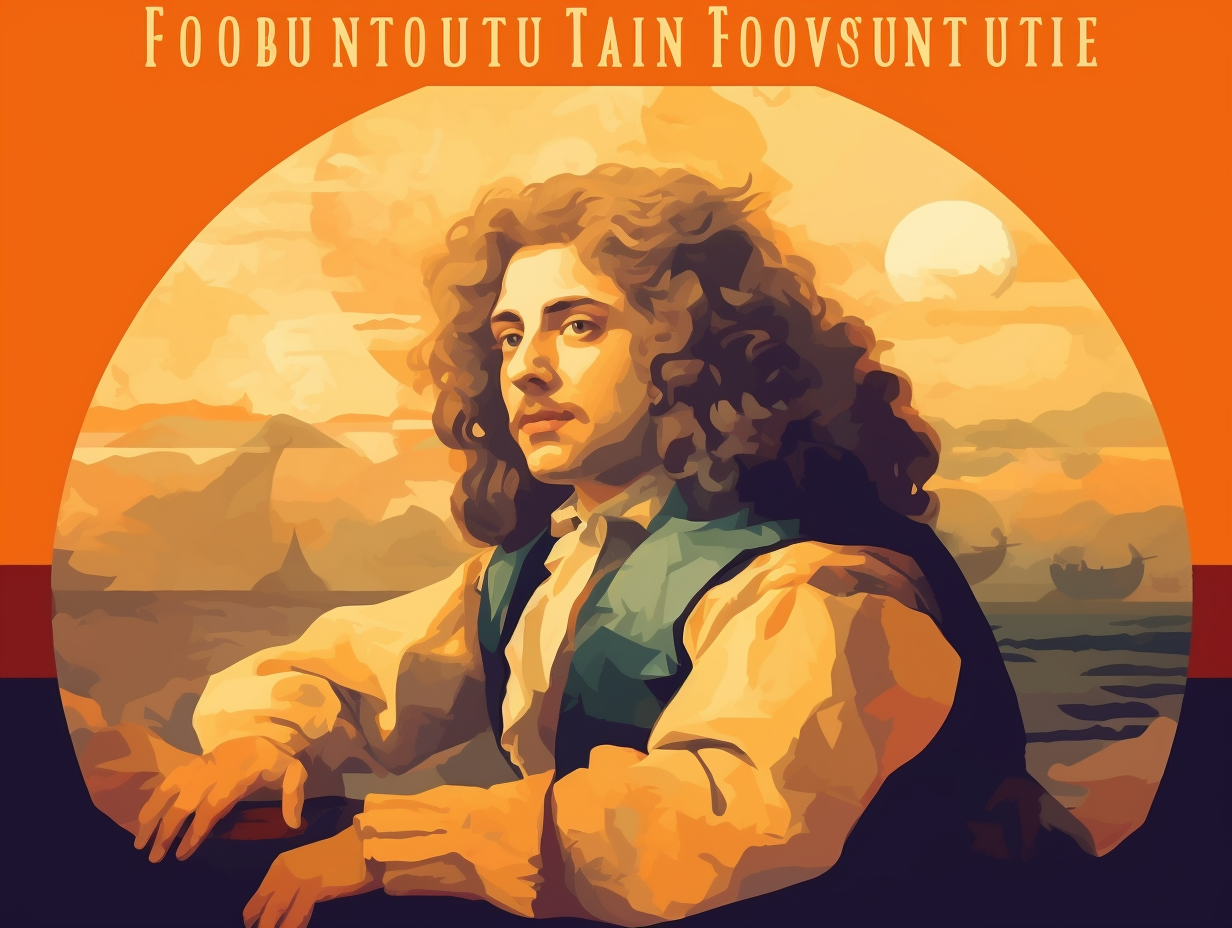
10. High Magnification Parties
Who needs a fancy degree when you've got a magnifying glass and an insatiable urge to peer at things? Antonie van Leeuwenhoek certainly didn't: The self-taught lens-master made over 500 of his own microscopes, unlocking the world of microorganisms through 200x magnification, and discovering exciting tiny parties like bacteria, sperm cells, and microscopic worms at a time when low-resolution was all the rage.
Source => ucmp.berkeley.edu
11. Superman of Microscopy
Step aside, Superman, there's a new lens-grinding hero in town, and he goes by the name of Antonie van Leeuwenhoek: the Dutch scientist who crafted his own single-lens microscopes, blasting through the microscopic world with his self-made tools. Though he was first met with the cold, hard truth of skepticism, along came Robin – er, Robert Hooke – to replicate and validate his future-proof techniques. Leeuwenhoek may have been dethroned with the rise of the compound microscope, but like a true hero, he will forever be etched into the annals of microscopy history.
Source => ncbi.nlm.nih.gov
12. Van Leeuwenhoek & Vermeer: Buddies in Optics
It seems that painter Jan Vermeer and microscope maestro Antonie van Leeuwenhoek were the original "started from the same block, now we're here" duo, but instead of busting rhymes, they were busy busting the boundaries of 17th-century science and art: Van Leeuwenhoek and Vermeer were born a week apart, lived near each other, and had common friends like Constantijn Huygens. Their shared passion for optics fueled rumors that Leeuwenhoek might have secretly moonlighted as a Vermeer model in paintings like The Geographer and The Astronomer, although there's no irrefutable proof to back up this 17th-century whodunit.
Source => blog.cmog.org
Related Fun Facts

